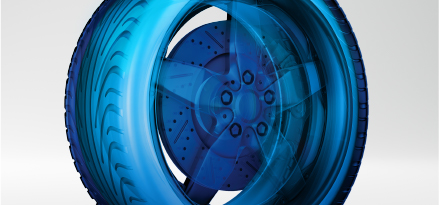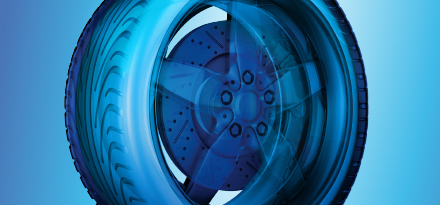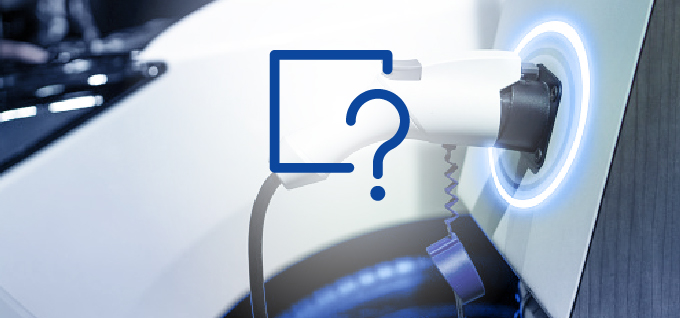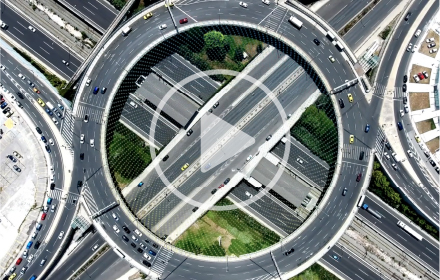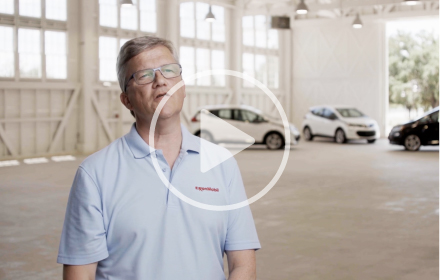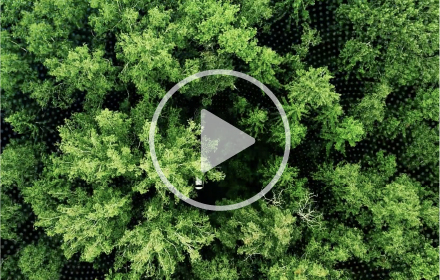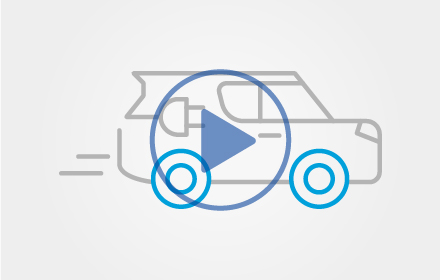The passenger fleet is evolving beyond private-owned Internal Combustion-Engine vehicles.
Electric vehicles are heavier, create greater torque and are more demanding on tires. What’s more, with longer maintenance intervals anticipated, air pressure will be checked and adjusted less frequently. This requires tire manufacturers to build a stronger, more durable product, addressing the needs of long-lasting performance, durability and energy efficiency.
Weight matters.
The batteries that power electric vehicles weigh more than gas-powered engines. This added weight bears heavily on the tires, creating greater friction between the road and the tire, or rolling resistance. A tire’s rolling resistance is critical to energy efficiency as more friction creates a power drain on the batteries and an increase in the tire internal temperature, resulting in high energy consumption and decreased vehicle range.
Optimal air pressure -> low rolling resistance = maximum EV battery range
Good air retention means low Inflation Pressure Loss Rate (IPLR), which measures the air a tire loses per month and, when it comes to innerliners, it varies widely depending on the compound composition and gauge. The lower, the better. Low IPLR can minimize the “in-use” rolling resistance and maximize the EV driving range. This can be achieved by designing efficient innerliner compounds with Exxon™ halobutyl rubber.


